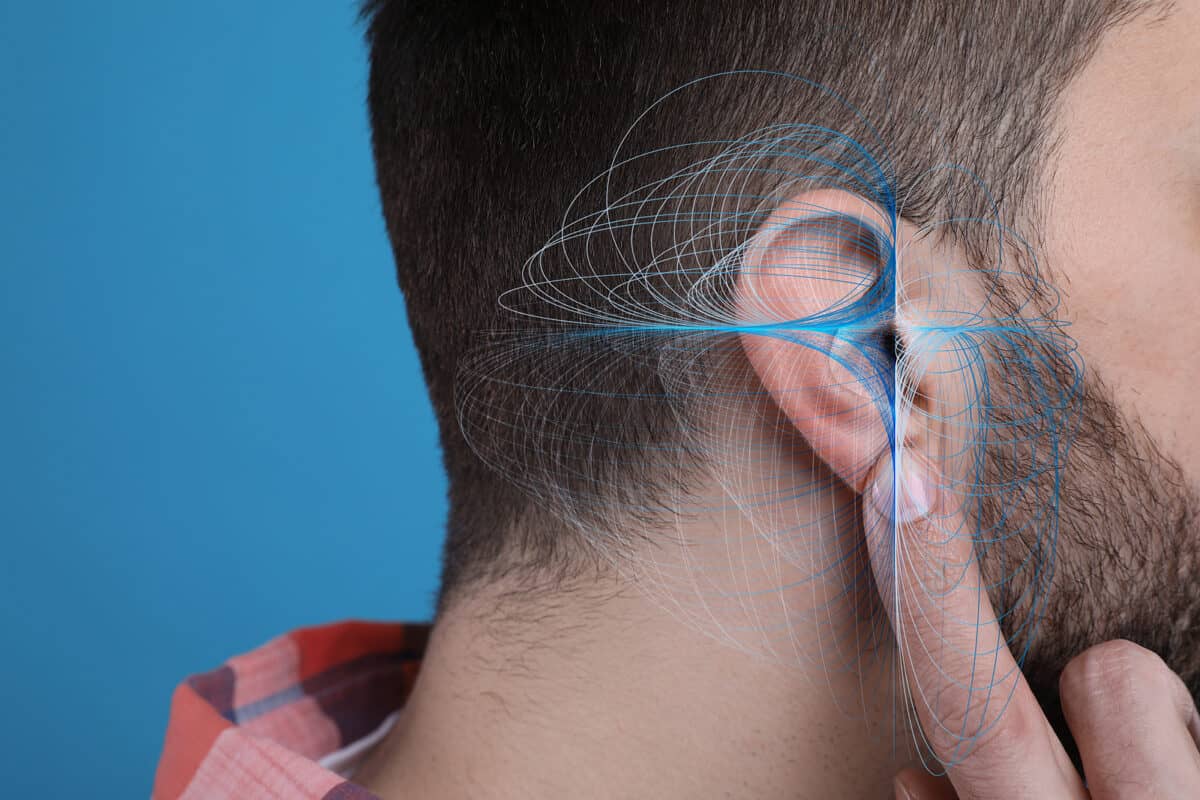- Using Hearing Aid Accessories for Enhanced Listening - May 6, 2025
- Practical Tips for Managing Daily Challenges With Tinnitus - April 8, 2025
- Signs Your Hearing Aid Battery Needs to Be Replaced - March 13, 2025
Conductive & Mixed Hearing Loss
More than 13% of the U.S. population over the age of 18 is affected by disabling hearing loss. It can impact anyone and though there are a range of reasons, basically all hearing loss falls within three main categories: sensorineural, conductive and mixed. Sensorineural is the most common by far, accounting for more than 90%.
Our ears are made up of three parts: the outer, the middle, and the inner ear. Conductive hearing loss means that some kind of obstruction is blocking sound waves from making it though the outer & middle ear, making quiet sounds difficult to detect & muffling more discernible sounds. Such a condition is commonly caused by fluid becoming trapped in the middle ear due to colds or allergies. Ear infections also cause conductive hearing loss, as do physical obstructions such as earwax or tumors of even small objects. Physical injuries, malformation & problems with the Eustachian tube that connects our ears to our noses also all fall within this category.
When any of these reasons listed above occur in combination with sensorineural hearing loss that is called mixed hearing loss. Whatever the cause, both of these forms of hearing loss are treated by some combination of medicine & surgery. Mixed hearing loss can frequently be the most difficult form of hearing loss to treat as it essentially involves multiple solutions.
Sensorineural Hearing Loss
So, what then is this sensorineural hearing loss that accounts for this vast majority of all cases? Sensorineural hearing loss is usually caused by damage to the minuscule hair cells that vibrate within our inner ears to register sound waves. Damage of the nerve pathways that stretch from these tiny hairs to our brains can also cause it. In most cases, both ears will be affected by sensorineural hearing loss.
The condition compromises both the volume and the clarity with which one hears. Trouble following conversations, especially when in public spaces or other spots with background noise, will frequently be how one begins to suspect that they might have a problem. But it may also be trouble hearing a stereo or TV. Sensorineural hearing loss also decreases the range of sounds one can hear. Quieter sounds may likely be unnoticed & loud sounds can be uncomfortable.
Whether it is mild, moderate, severe, or profound, it is usually, but not always, permanent. Neither surgery nor medicine is likely to make a difference. Proper treatment under the guidance of a trained audiologist is always the most effective manner to proceed.
What Causes Sensorineural Hearing Loss
Out of every 1,000 babies born in the U.S. less than three of them will have some sort of congenital hearing problem. Of this minute percentage this is most often a problem with the formation of the inner ear. But over 50% of people aged 75 & above suffer from hearing loss. So what exactly happens over all those years that causes this to become so common?
Very occasionally it may be the result of a traumatic injury such as being too near an explosion or another dangerously loud sound, or even a blow to the head. These situations obviously require immediate medical attention. But most often sensorineural hearing loss comes on much more gradually, usually so little at a time that it is difficult to even recognize that it’s happening.
It is so common of a problem among the elderly because again itself is a leading cause. The minuscule & elegant inner workings of our ears are subject to the same deterioration as the rest of our bodies & everything else. Nuanced detail decays.
The other causes are so ordinary that they are nearly impossible to avoid over the course of a lifetime. Damage accrues with habitual exposure to loud volumes. Sounds 85 dB & louder can slowly cause damage that compounds so gradually it is likely difficult to notice.
The subtlety of such damage increases the risk due to normalization. The activity seemed harmless, so it’s repeated without any modification for appropriate caution.
Mumps, measles, and meningitis are all examples of viral infections that can cause sensorineural hearing loss. Lupus and thyroiditis are both autoimmune disorders that can do the same.
Ototoxic chemicals & medications can also cause it. There are more than 200 known examples of such drugs that may cause permanent damage. These include antibiotics, chemotherapy drugs and anti-inflammatory medications but are most frequently found in risky workplaces such as mines, construction sites or factories.
Treatment
Treating sensorineural hearing loss require hearing aids programmed specifically to your needs. Make an appointment today with one of our specialized hearing health professionals to get an accurate assessment of your hearing health.


